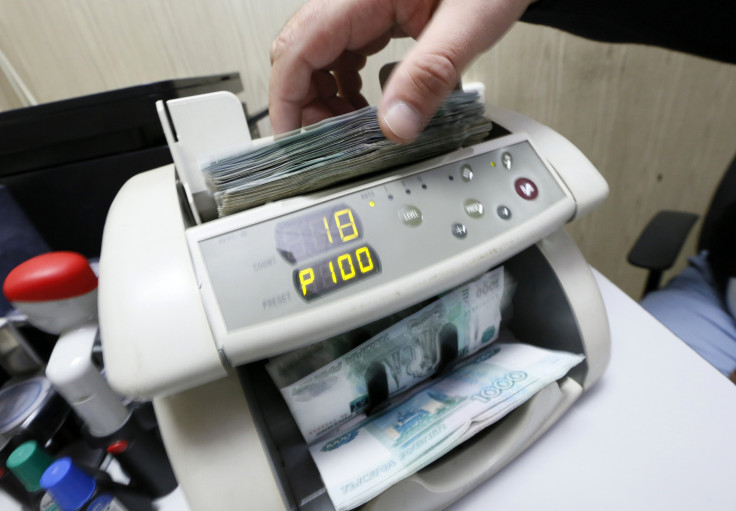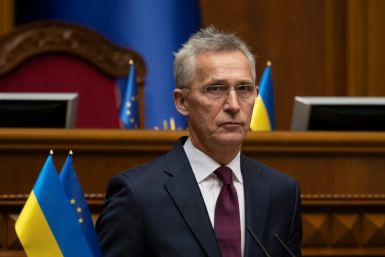A Russian TARP? Russia Begins Rescue Of Country’s Banking System

Russia’s banks are too big to fail, according to a new measure by the country’s lower house of parliament to inject 1 trillion rubles ($16.5 billion) into the country’s banking sector. The move comes as the country is sliding into recession amid a rapid fall in oil prices this year that’s crippling the country’s petroleum-dependent economy.
The State Duma said the bill was rushed through in order to expedite the injection of state funds into the system. Finance Minister Anton Siluanov said Friday struggling financial institutions could begin receiving the money early next year and that the bill covers “all the risks” banks face, Reuters reported.
Siluanov said troubled banks would be selected by how important they are to the economy. The country’s top lender, Sberbank, would receive separate funds from the country’s central bank if needed. The move is similar to the U.S. Troubled Asset Relief Program, which injected over $237 billion into the banking system, funds that were recovered with interest over the past five years.
In addition to plummeting oil prices, Russia is under Western economic sanctions over its annexation of Crimea earlier this year, a move that tipped the country toward economic contraction. This has isolated the country’s financial sector, cutting off access to the global inter-bank lending system at a time when the country is facing capital flight as investors rush to pile their money into German, Swiss and U.S. bonds.
The world’s sixth-largest economy is looking at a dismal 2015, with economic contraction expected to be at around 5 percent, according to a recent estimate by British economic research firm Capital Economics.
Russia’s currency lost almost 20 percent of its value on Tuesday after the country’s central bank hiked interest rates by 6.5 percentage points, to 17 percent, in a surprise overnight move. The ruble was trading down 3.45 percent on Friday, to 59.5 rubles to the dollar.
© Copyright IBTimes 2024. All rights reserved.












